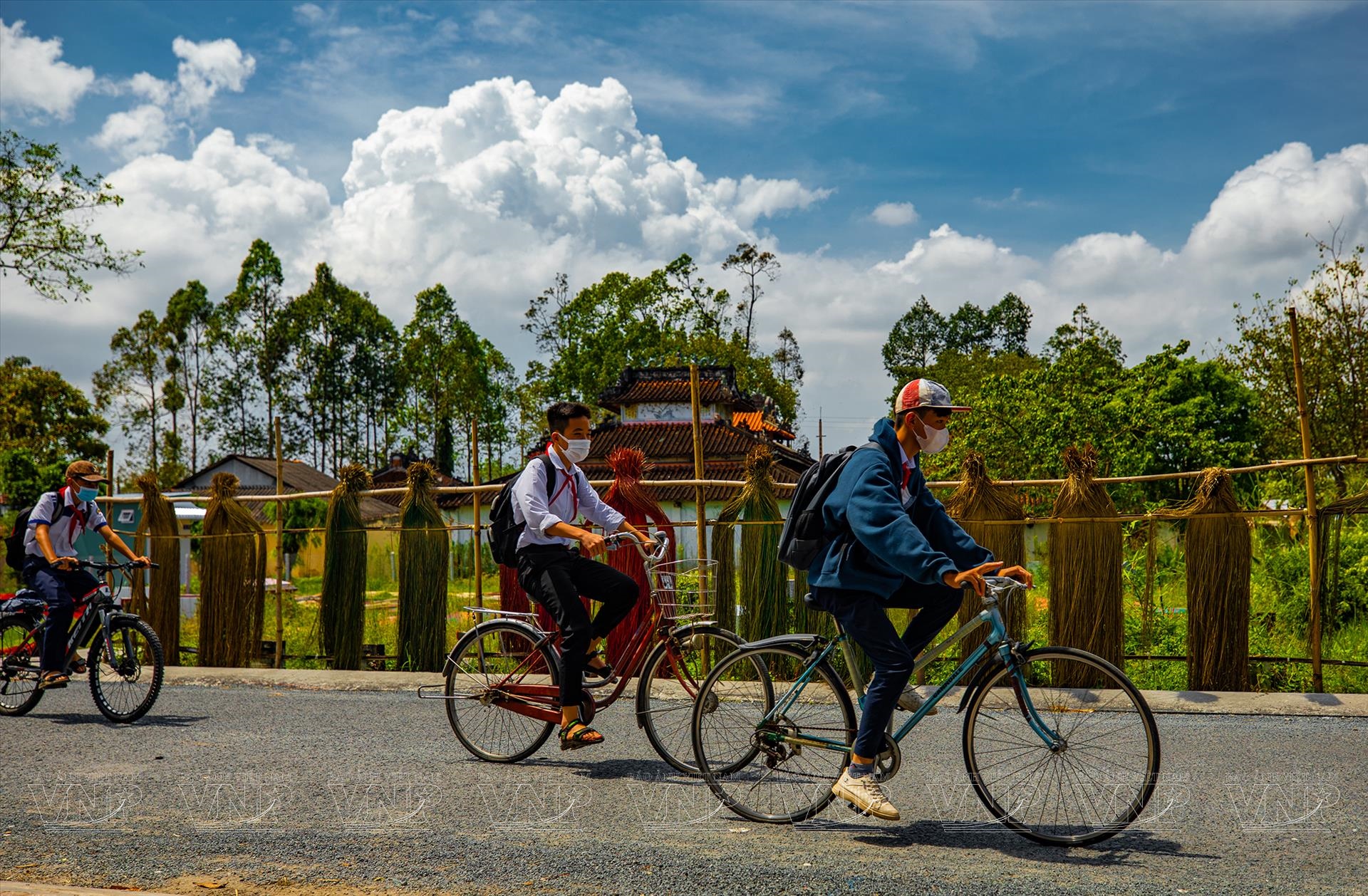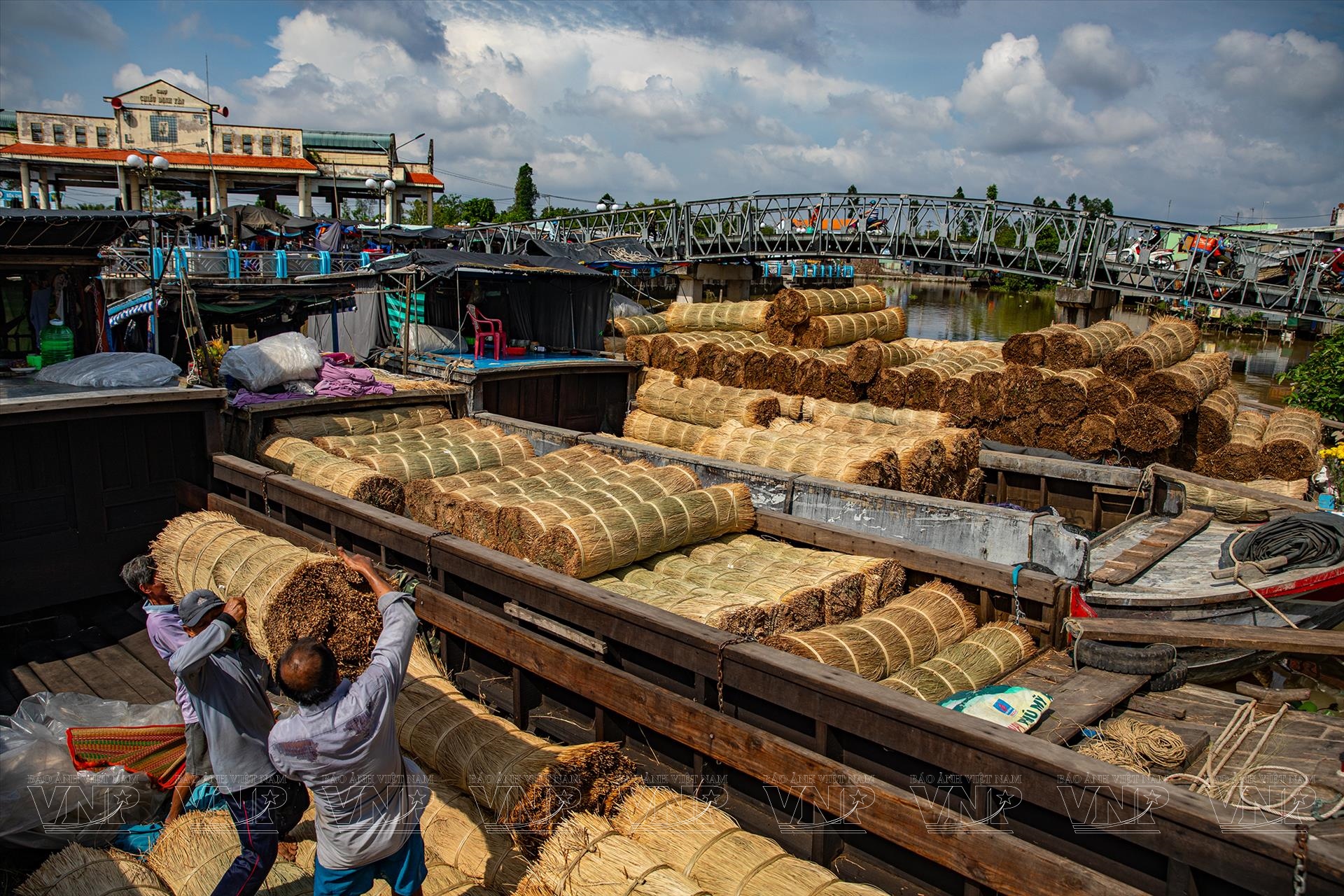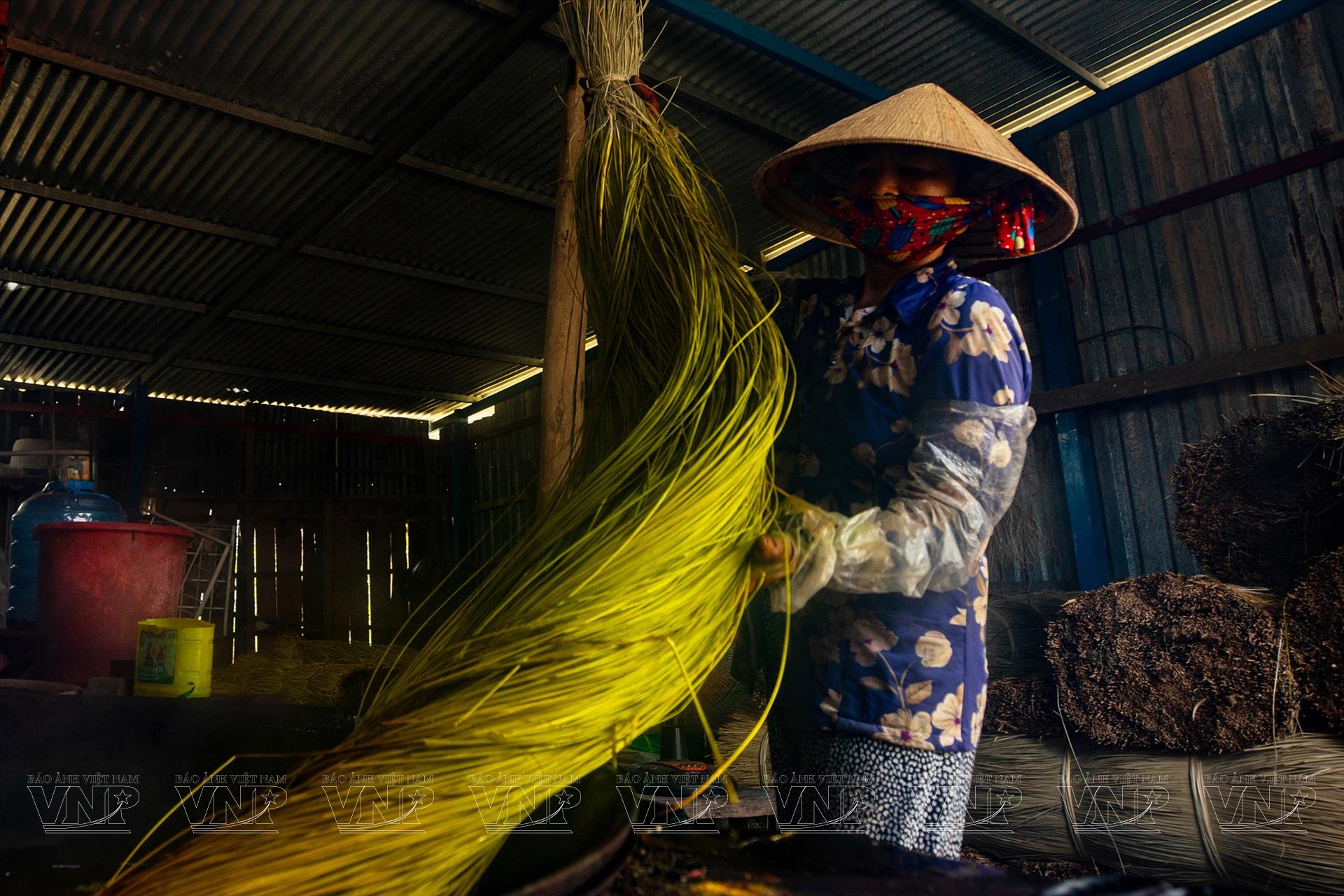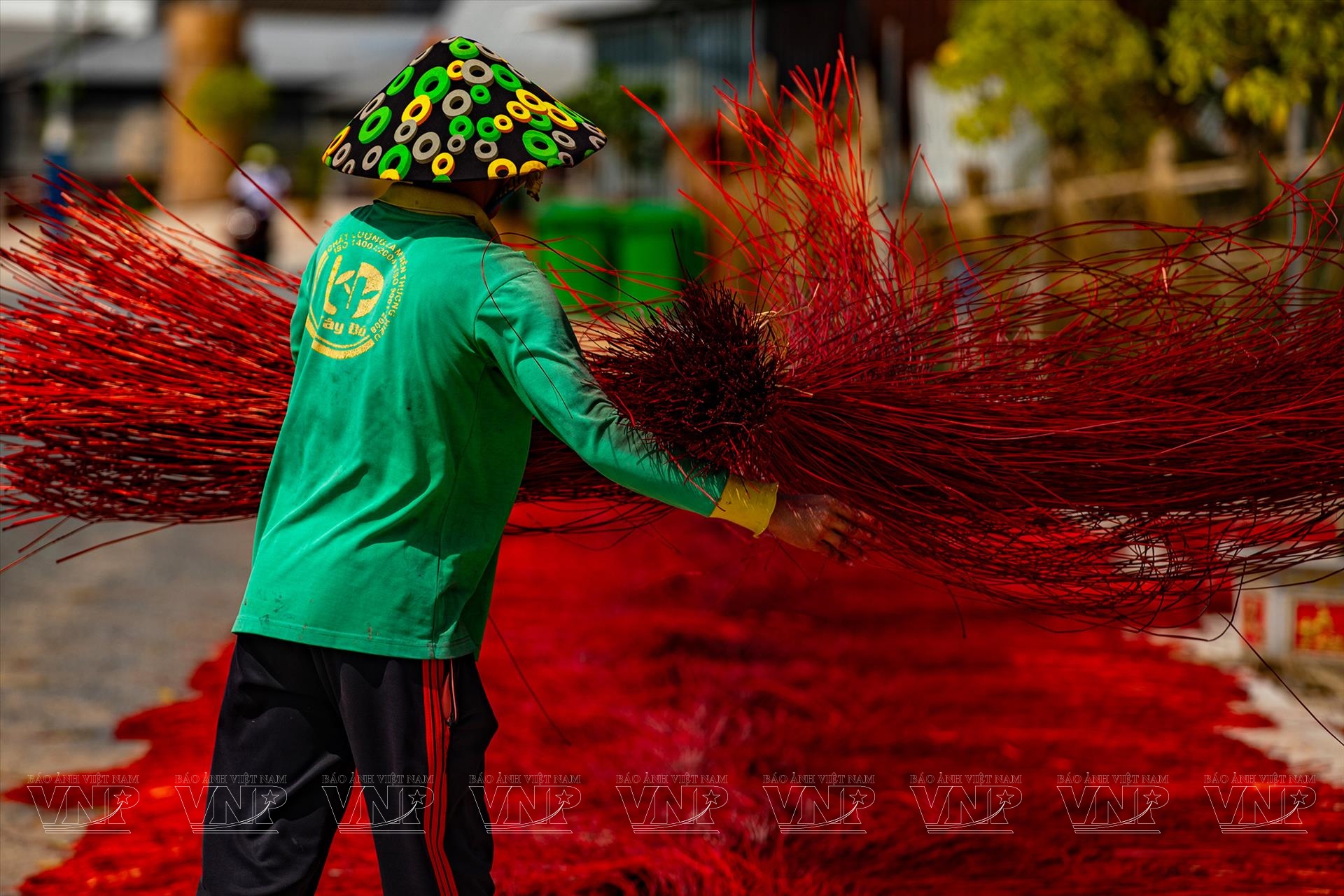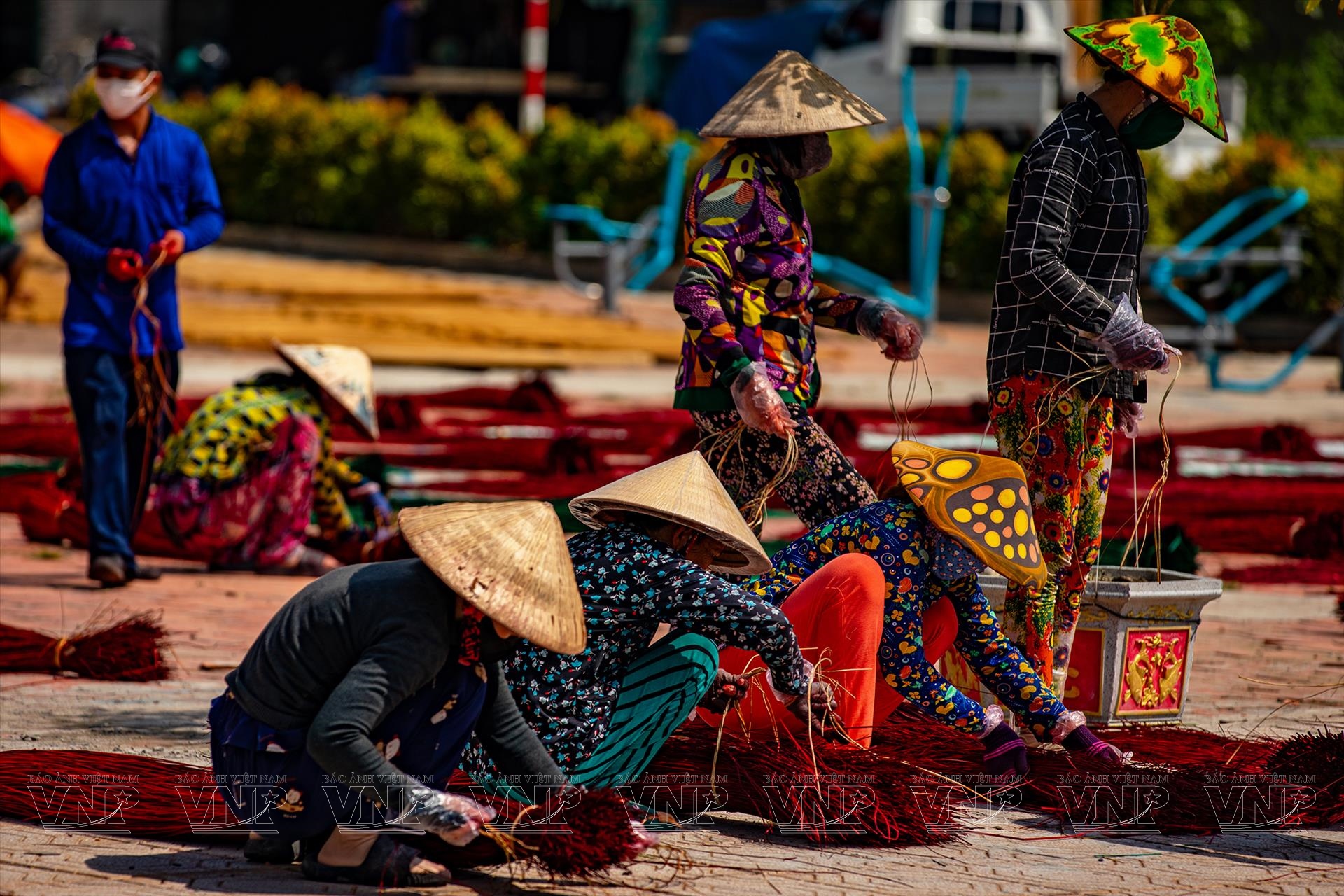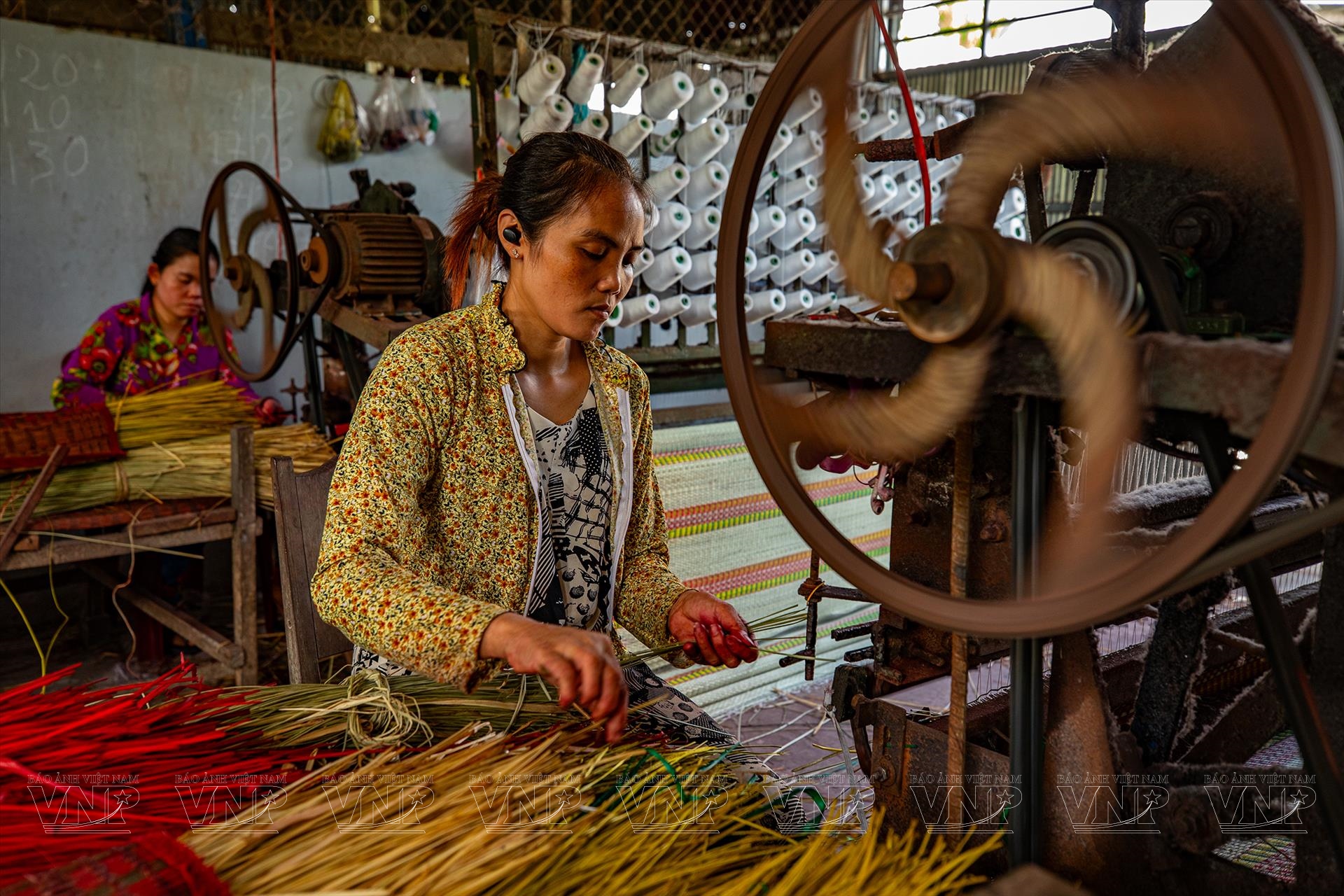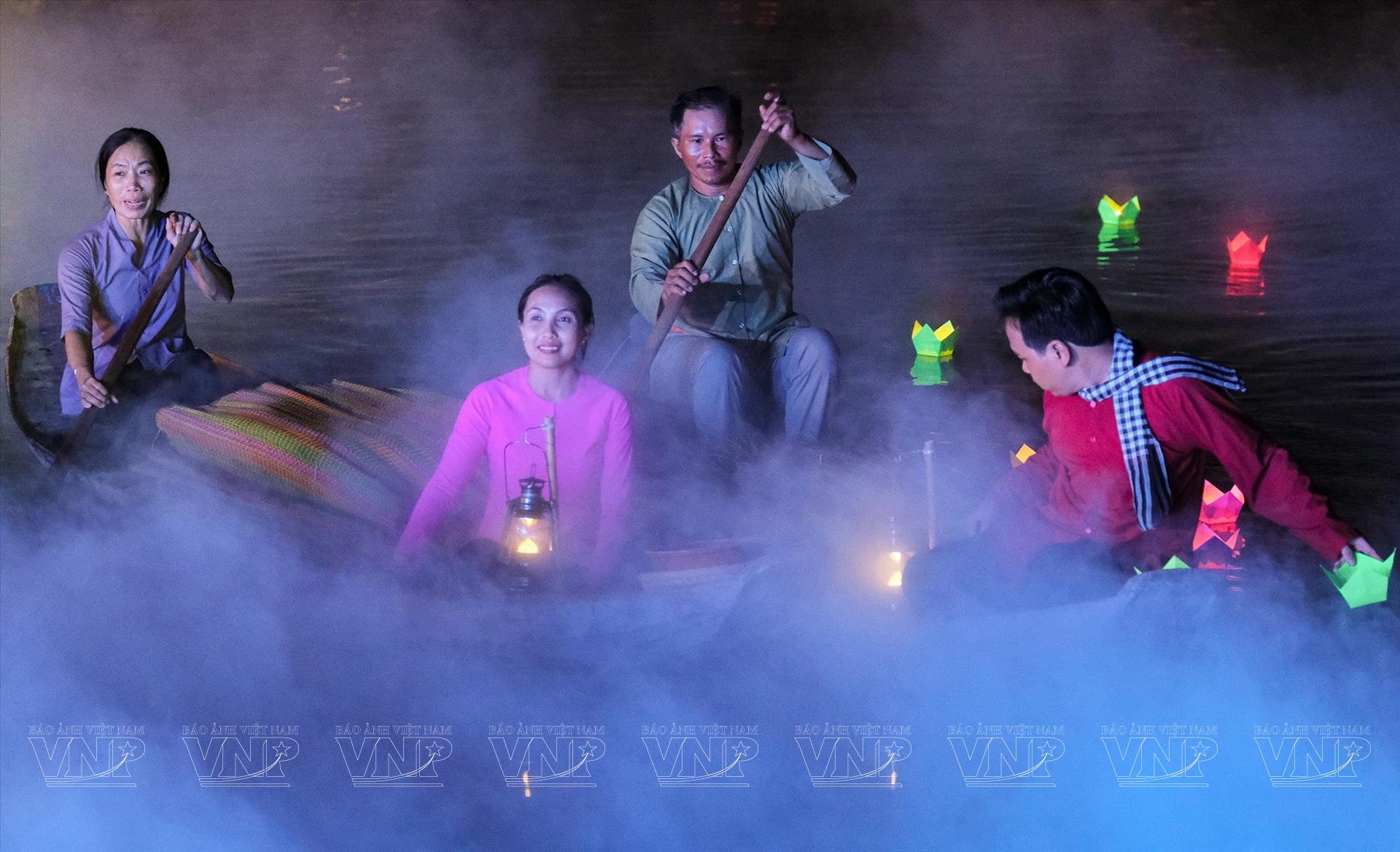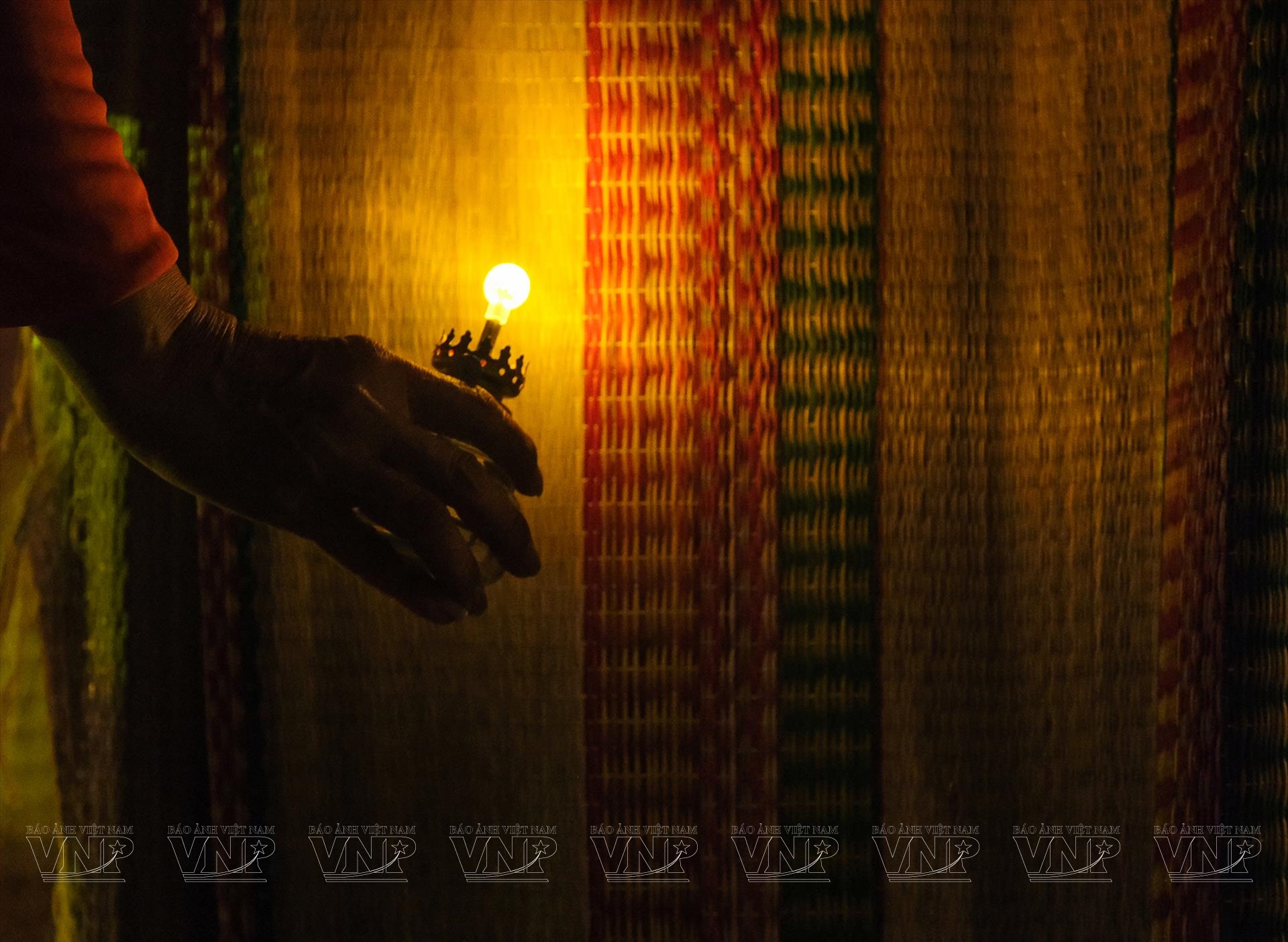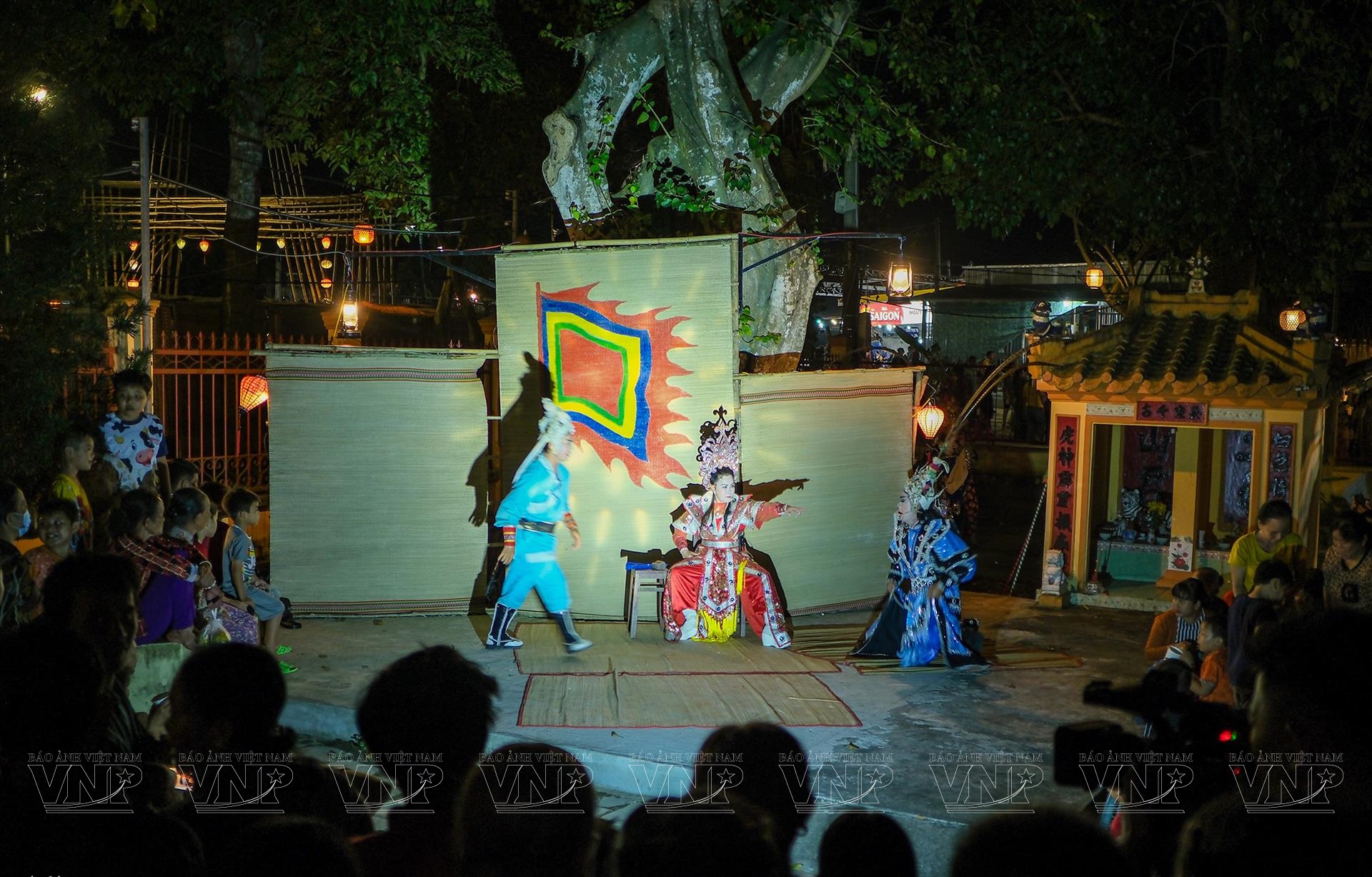Dinh Yen Mat Village
According to many locals in Dinh Yen Village (Lap Vo District, Dong Thap Province), in the past, this place was known as the "ghost market" because it convened at night while during the day, everyone was busy weaving mats.The market started after 7pm, with flickering lanterns casting a glow, showcasing mats in various colors of red, green, and yellow, vividly standing out amidst the darkness. The "ghost market" lasted for about two hours before dispersing.
At the end of the week, the villagers organize a mat market within the communal house of Dinh Yen, with activities such as trading, culinary delights, and distinctive artistry. The mat-weaving village has been selected as a backdrop for various films portraying the cultural essence of the Mekong Delta region.
The village's mat-weaving craft dates back hundreds of years. Situated alongside the Hau River, this area boasts numerous islets and alluvial grounds, ideal for cultivating the essential materials such as rush and sedge to create their products. According to researchers, the residents of Dinh Yen's mat village trace their roots to the coastal plains of Northern Vietnam (specifically Thai Binh and Nam Dinh). When migrating southward, these settlers brought along their traditional mat weaving craft, which thrived in the local area.
At present, the craft of mat weaving predominantly centers on the two communes of Dinh An and Dinh Yen, especially in the hamlets of An Loi A, An Loi B, An Khuong, and An Binh within Dinh Yen Commune. A remarkable aspect is that most households engaged in mat weaving reside near the Dinh Yen communal house.
It's customary to see mats of various shades of green, yellow, and red being laid out around the communal house and along both sides of the roads leading into the village. This scene has become a familiar, distinctive, and aesthetically pleasing aspect of the mat-weaving craft village.
Using machinery in certain stages of mat production, as seen today, has significantly reduced manual labor and increased the quantity of products. Some prominent large-scale businesses in the mat-weaving village include Thanh Binh mat workshop, Vinh Loi mat-workshop, and Be Hai mat workshop. These businesses have the capability of producing substantial quantities, meeting the high consumer demand.
Phan Van Tan, the owner of Be Hai mat workshop, said that his family has been involved in the mat weaving craft for over 30 years. Currently, with two rush and sedge weaving machines and five regular workers, they are capable of producing an average of 50 various types of mats per day.
The Thanh Binh mat workshop, located near the Dinh Yen communal house, boasts a production capacity ten times larger than Tan's workshop, employing over 20 workers and equipped with a comprehensive, professional machinery system. Tan said that the craft of mat-weaving demands meticulousness, skilled hands, and each workshop’s unique secrets to produce durable, beautiful mats that carry individual branding and character.
To complete a mat with intricate patterns and long-lasting colors, several steps are required. The crucial aspect involves selecting uniform rush and sedge fibers and ensuring they are adequately sun-dried before dyeing them with various colors like green, red, and yellow in boiling water. Achieving precise, color-fast dyeing involves cooking the dye material and dipping small bundles of rush multiple times, depending on the desired intensity. Afterward, the rush is sun-dried for another session before weaving. Upon completing the weaving process, artisans trim the mat edges, sew fabric borders, and sun-dry the mat for a final touch.
Among the various types of mats, floral patterned mats and shell mats are the most challenging to weave due to their intricate and precise pattern distribution. Through their skilled hands, the local households in this area annually produce millions of mats with vibrant, delicate floral patterns that are durable and favored in both domestic and international markets.
In 2012, the Dinh Yen communal house was recognized as a national-level cultural and historical relic by the Ministry of Culture, Sports and Tourism. A year later, the mat weaving in Dinh Yen Commune was acknowledged as an intangible cultural heritage at the national level - an achievement that brings pride to the people of the mat-weaving village.
